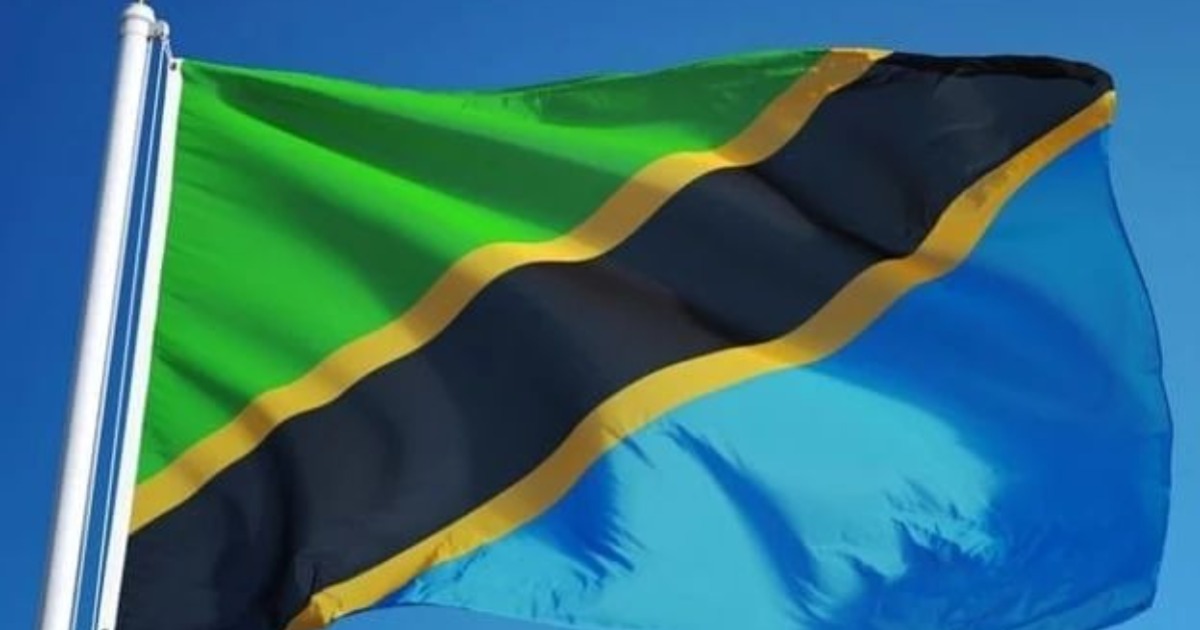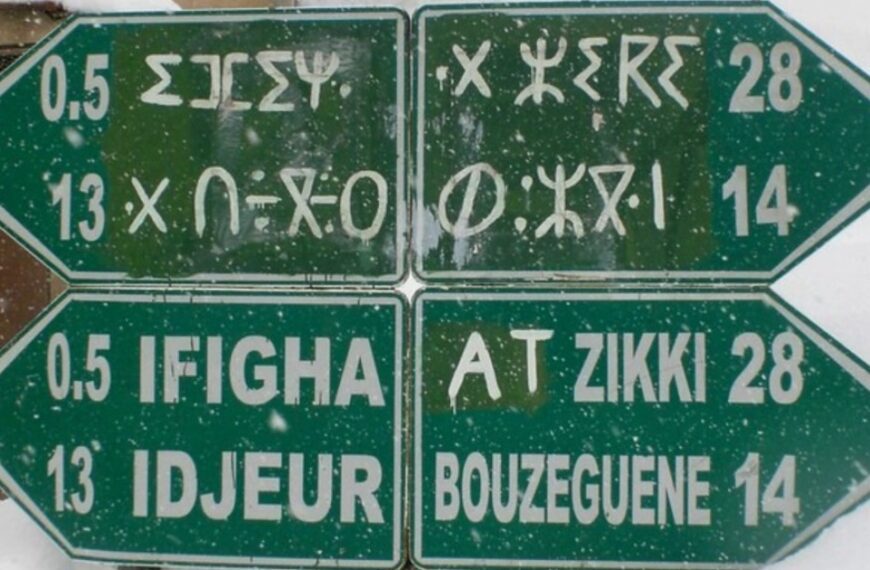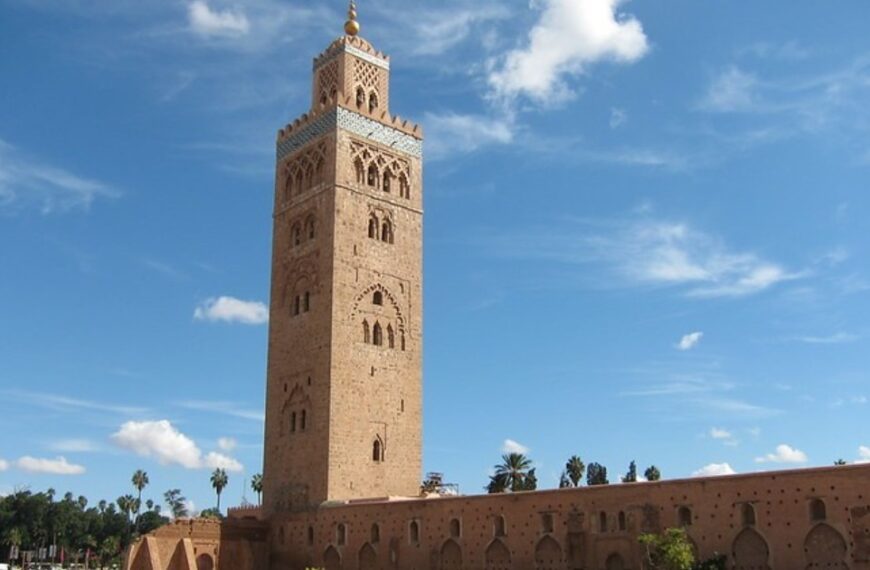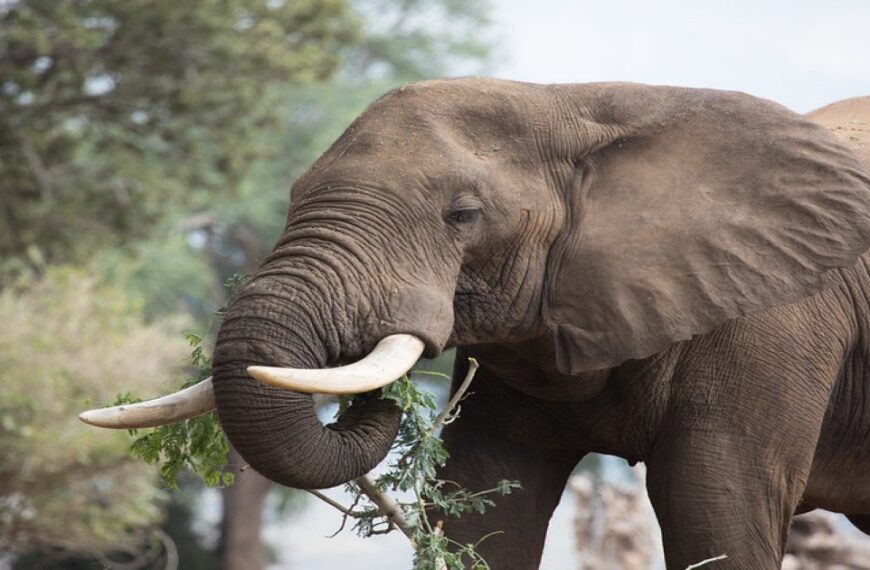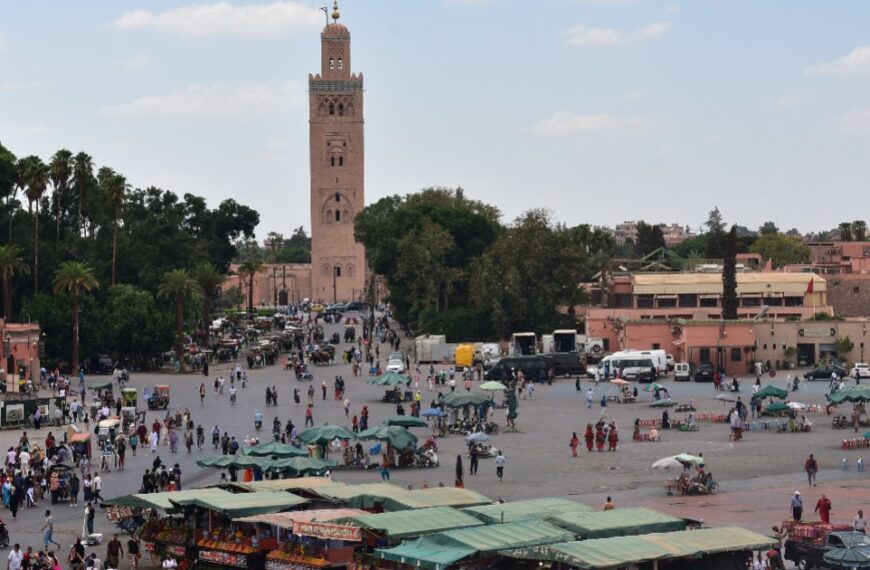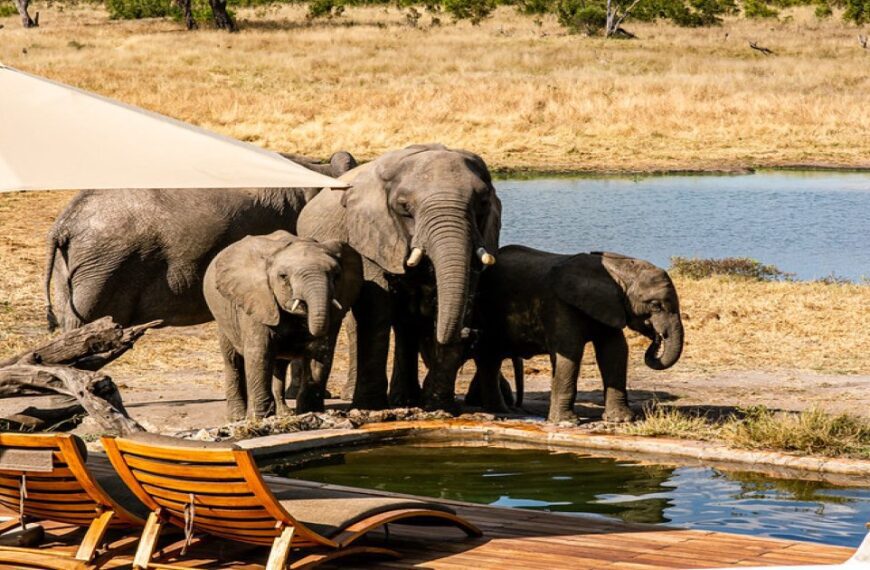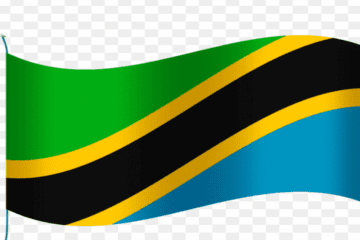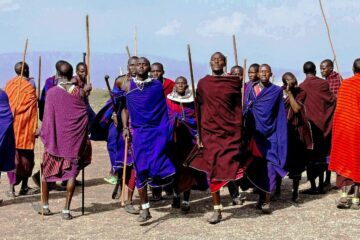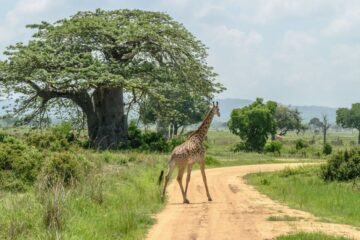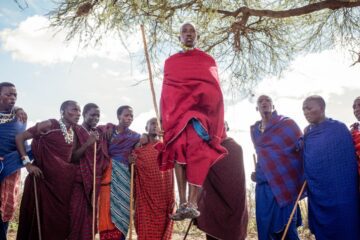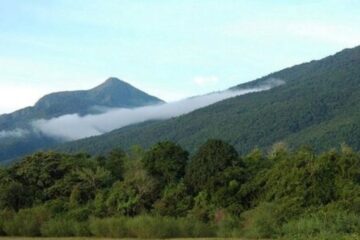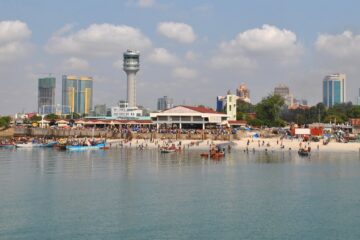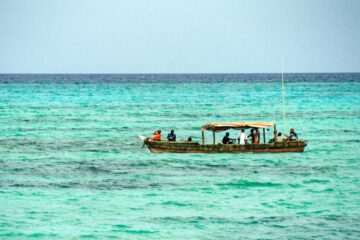How well do you know the language that people in Tanzania speak? Did you know that it has more languages than any other country in East Africa? Or that it has 126 different languages? In this post, I’m going to look closely at everything to do with the Tanzanian language.
A Brief Overview of the Languages of Tanzania.
Tanzania has a diverse linguistic landscape. Tanzania has more languages spoken than any other nation in East Africa, making it an ideal site to highlight.
Tanzania is home to approximately 100 languages, 58 of which are actively spoken. What is Tanzania’s official language? Although there is no de jure official language, Swahili is the country’s native language and is spoken as a lingua franca by a considerable proportion of the people. English is also used as a de facto language in Tanzania, however, the decision to withdraw it as a language of instruction in schools in 2015 may have an impact on this in the future (more on this below).
Tanzanian languages additionally comprise 40 endangered tongues, eight dying languages, and three dead languages in recent years. There are further 18 Tanzanian languages under development, as well as many Tanzanian sign languages.
What language has the largest number of speakers in Tanzania?
Swahili (Kiswahili by Tanzanians) is the most frequently spoken Tanzanian language, including by second-language speakers. Although up to 90% of Tanzanians speak it, only 10% do so natively.
Swahili is utilized in Tanzania’s parliament as well as in the country’s subordinate courts. It is also used in schools since the use of English as the primary language of teaching in secondary schools and higher education institutions are being phased out as part of educational reforms proposed by then-President Jakaya Kikwete in early 2015.
English is also commonly spoken as a second language in Tanzania, reflecting the country’s colonial background.
How Many Tanzanian Languages Exist?
Tanzania has a whopping 126 languages. When Tanzania earned independence in 1961, one of its basic principles was that no ethnic group should rule the nation (there are around 129 ethnic groups in Tanzania). The language was employed to accomplish this, with Swahili serving as a method of uniting all Tanzanians.
Swahili is now spoken by around 90% of Tanzanians, mostly as a second language. Some contend, however, that this occurs at the price of the country’s other indigenous languages. Ethnic community languages are not formally allowed in schools as a language of instruction and are not taught as a topic. As a consequence, many young Tanzanians in urban areas are growing up speaking Swahili as their first language rather than the language spoken by their parents.
Check out tours in Tanzania:
Tanzanians are also banned from using ethnic community languages to create television and radio programmes, meaning that using these mediums to keep the country’s endangered languages alive is not possible.
Let’s look now at some of the languages spoken in Tanzania.
1st official Language of Tanzania: Swahili.
Julius Nyerere, Tanzania’s first president, did much to encourage the widespread use of Swahili. Tanzania brought its many distinct ethnic groups together brilliantly, thanks to Swahili as its national language.
Tanzania’s long heritage of adopting Swahili as its primary language continues to this day. Tanzania has just become the first nation in Sub-Saharan Africa to use an African language across its educational system. From the students’ point of view, the relocation makes perfect sense. Children were formerly taught in Swahili at the elementary level before moving to English for secondary and higher school. Unsurprisingly, many people struggled to adapt and either fell behind or dropped out altogether.
2nd official language of Tanzania: English.
Though less extensively spoken than Swahili, English is nonetheless spoken by a sizable part of the population, having arrived in Tanzania during Britain’s colonialism (which followed its inclusion in German East Africa).
Many educated Tanzanians now speak English as a third language, having had to study it extensively in order to finish their education. While English has lost its prominence as an educational language, it is still utilized in higher courts, overseas commerce, and diplomatic ties.
Maasai Language:
Maasai is an Eastern Nilotic language spoken mostly in northern Tanzania (as well as across the border in Kenya). It is indigenous to the Maasai people. The Maasai, a nomadic people who live mostly in desert areas, have managed to withstand much of the growth of Swahili and English in Tanzania, while significant loss of their language is still visible. Strictly speaking, the term ‘Maasai’ should relate to the Maasai people and culture, while their language is termed ‘Maa.’ However, the term ‘Maasai’ has come to be used to characterize their language as well.
Datooga Language:
Seven Datooga tribes live in Tanzania. Some people speak relatively similar dialects of Datooga, while others speak dialects that are almost mutually incomprehensible – to the point that some linguists classify East Datooga and West Datooga as separate languages. Click the link below to learn more about the distinctions between languages and dialects.
Datooga’s status as a language is likewise up for discussion. It is most certainly a member of the Nilo-Saharan language family, however, this is debatable.
Datooga sometimes spelled Datog, Datoga, Taturu, Mang’ati, Tatoga, and Tatog, is a language spoken in Tanzania’s Great Rift Valley.
Also read: Top 9 things to see in Tarangire National Park.
Ogiek Language:
Ogiek, a Tanzanian language spoken in the Maasai territory to the south of Arusha, is being lost as its hunter-gatherer speakers adapt to other cultures. Akiek is the name given to the Ogiek cultivar used in Tanzania. However, as recently as the 1980s, most Akiek speakers also spoke Maasai proficiently, and this Tanzanian language was on the verge of extinction as a consequence of this change.
Kisankasa Language:
Kisankasa, often known as Kisi, is another of the native Tanzanian languages that contribute to the country’s rich linguistic variety. It is a Bantu language that is still widely spoken, albeit only about half of the Kisi people. It should not be confused with the Kissi language of West Africa.
Pare Language:
Tanzania’s Pare language is also known as Kipare, Asu, Casu, Chasu, Athu, and Chathu. It is a Bantu language group tongue spoken by the Pare people in Tanzania’s northeast.
Digo Language:
There are around 360, 000 native Digo speakers. They live in both Tanzania and Kenya. Digo is a Bantu language with four main dialects that are closely related to Swahili.
Bemba Language:
Bemba is not only spoken in Tanzania, but also in the Democratic Republic of the Congo and Zambia, where it is a lingua franca and the most widely spoken of the country’s indigenous languages. Bemba is spoken in southern Tanzania and is also known as ChiBemba, Cibemba, Ichibemba, Icibemba, and Chiwemba.
If you’re curious in the languages spoken in other parts of Africa, follow the link below.
Safwa Language:
Safwa is another of Tanzania’s Bantu languages, spoken by the Safwa people of the country’s Mbeya area. Guruka, Mbwila, Poroto, and Songwe are the four dialects of Safwa.
Hehe Langauage:
Hehe is a Tanzanian language belonging to the Iringa area of the nation, to the south of the Great Ruaha River, and is known for its complicated tense-aspect-mood system. It is a Bantu language known as Kihehe by its speakers, who number less than 200,000 today.
Makonde Language:
Makonde is a Bantu language spoken in southeast Tanzania (as well as northern Mozambique), with two distinct dialects: Matembwe and Mabiha. Makonde, also known as Kimakonde, is connected to Tanzania’s Yao language.
Yao Language:
Yao has around 500,000 speakers in Tanzania, an equivalent number in Mozambique, and over two million speakers in Malawi. Yao is spoken across Tanzania, especially the south central region and near the Mozambican border. In English, it is known as chiYao, ciYao, Achawa, Adsawa, Adsoa, Ajawa, Ayawa, Ayo, Ayo, Djao, Haiao, Hiao, Hyao, Jao, Veiao, and waJao.
Other Tanzanian Ethnic Languages:
I won’t go over all 126 Tanzanian languages, but some prominent ones include Nyamwezi, Luguru, Iraqw, Gorowa, Burunge, Hadza, and Sandawe. The final two are click dialects spoken by certain hunter-gatherer groups in Tanzania.
Languages Imported:
Tanzania also has a number of foreign languages in use (in addition to English). Hindustani, Portuguese, French, and Gujarati are among them.
Tanzanian language families:
There is significant disagreement over which language families various Tanzanian languages belong to, although the languages spoken there are roughly classified as Bantu, Cushitic, Nilotic, and Khoisan. Meanwhile, the Hadza language is classified as a linguistic isolate (despite formerly being lumped in with the Khoisan languages).
Travelling to Tanzania soon? Check out the following tours:
Niger and Congo:
Many Tanzanian languages are members of the Niger-Congo language family, and Bantu languages spoken in Tanzania include:
- Bemba Langauge.
- Bena Langauge.
- Chaga Langauge.
- Digo Langauge.
- Gogo Langauge.
- Haya Langauge.
- Hehe Langauge.
- Iramba Langauge.
- Luguru Langauge.
- Makonde Langauge.
- Ngoni Langauge.
- Nyakyusa Langauge.
- Nyamwezi Langauge.
- Nyika Langauge.
- Pare Langauge.
- Rangi Langauge.
- Safwa Langauge.
- Sonjo Langauge.
- Sukuma Langauge.
- Swahili Langauge.
- Tongwe Langauge.
- Turu Langauge.
- Vidunda Langauge.
- Yao Langauge.
Nilo and Saharan:
A number of Tanzanian languages are classified as Nilo-Saharan, belonging to the Nilotic subgroup. These are some examples:
- Datooga.
- Kisankasa.
- Maasai.
- Ngasa.
- Ogiek.
- Luo.
- Zinza.
- Sambaa.
khoisan Language:
Khoisan languages, known for their click sounds, are spoken across Africa. The Sandawe language is classified as a Khoisan language of Tanzania.
Afro Asiatic.
Tanzania is home to a few Afro-Asian languages. Cushitic languages such as Alagwa, Burunge, Gorowa, and Iraqw are among them, as is Arabic, a Semitic language. In Zanzibar, a semi-autonomous, self-governing state that is part of the United Republic of Tanzania, Arabic (along with Swahili and English) is an official language.
indo-european language:
Tanzania is home to a number of Indo-European languages. English and German are two Germanic languages spoken there, while French and Portuguese are Romance languages, and Gujarati, Hindustani, and Kutchi are Indo-Iranian languages.
Language Deaths in Tanzania:
I said before that Ogiek (Akiek) is being absorbed by Maasai, but it is not Tanzania’s sole language that is being lost to other languages.
Asa, also known as Aasá, Aasax, Aasá, Aasáx, Aramanik, Asak, Asax, Assa, and Asá, is another example of language extinction in Tanzania. It was formerly spoken by the Asa people of northern Tanzania, but no one speaks it now. Only a few words exist in live memory, the most of which ethnic Asa recall hearing their elders say long ago.
While languages naturally fade out over time, governmental efforts like as Tanzania’s widespread support of Swahili may hasten this process, resulting in the extinction of languages such as Asa.
Why is it essential to try to preserve Tanzanian language?
In Tanzania, language is inextricably related to the culture and history of each of the country’s ethnic groups. As a result, when a language is gone, a vital aspect of one of the peoples that made Tanzania what it is today is also lost.
With few robust and coordinated measures in place in Tanzania to preserve ethnic languages – and their use being prohibited for educational purposes, as well as in the production of radio, television, and even most newspaper content – it is clear that many of these culturally important languages may face the same fate as Asa and Akiek.
This is a major loss, both linguistically and historically, as well as culturally.
Summarization:
I hope you’ve enjoyed this examination of all things Tanzanian language related as much as I have. We’ve gone over a lot of terrain, including:
- Tanzania’s official language
- Languages spoken by various Tanzanian ethnic groups
- Which Tanzanian language is the most widely spoken?
- Why Why are Tanzanians losing their indigenous languages?
- To which linguistic family do Tanzanian languages belong?

